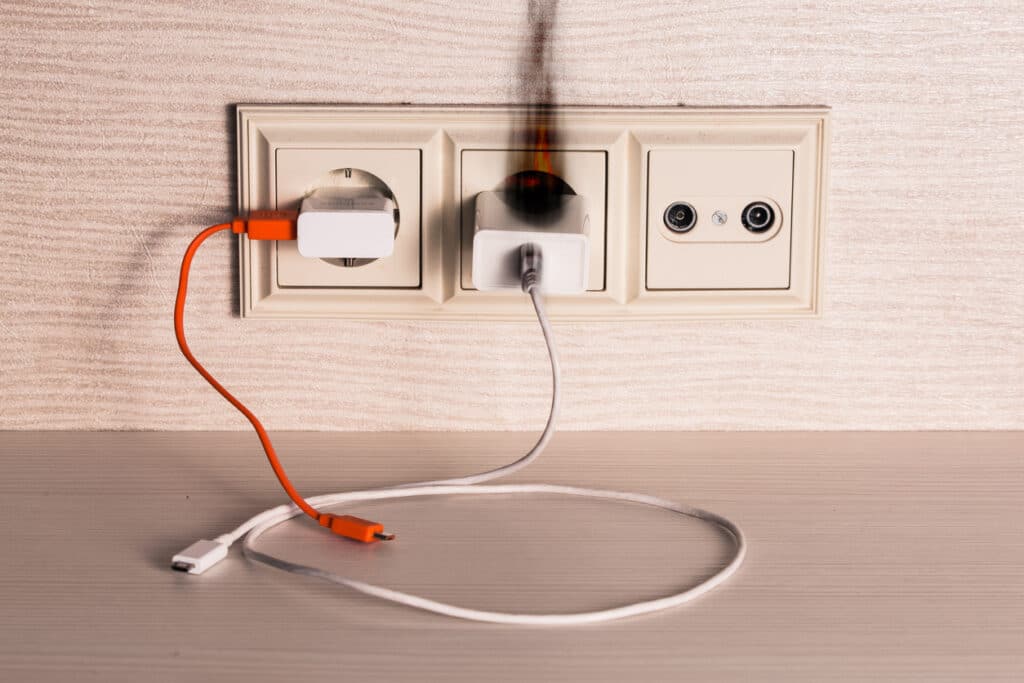Surge protection is a critical electrical safety tool for any home, and it’s one that many homeowners overlook. It’s easy to forget about it, but the consequences of not having it can be severe.
What Is a Surge Protector?
A surge protector is a device that protects electronic equipment from power surges, short circuits, or brownouts.
It works by diverting the excess current away from sensitive components or devices that could be damaged by a sudden spike in voltage. The protector functions like a switch, automatically shutting off when the power spike is detected, thus preventing any damage from occurring.
Types of Surge Protectors
Surge protectors come in a variety of shapes and sizes, so it’s important to choose the right one for your home. Generally speaking, surge protectors can be classified into three categories: whole house, point-of-use, and power strips.
Whole-house surge protectors are installed directly into your home’s main power supply to provide protection for all the equipment in a single dwelling. Point-of-use surge protectors are smaller versions of the whole-house variety, designed to be plugged into an individual outlet and used with one or two pieces of equipment. Power strips are similar to point-of-use protectors, but they also have several outlets, providing protection for multiple devices at once.
Risks of Not Having a Surge Protector
Without proper surge protection in your home, you are at risk for power surges which can seriously damage any electronics that are plugged into the outlet, from computers and TVs to microwaves and gaming consoles. Even if there isn’t an electrical storm outside, everyday activities like turning on and off large appliances or plugging in multiple devices simultaneously can cause a harmful spike in voltage.
The cost of repairing or replacing equipment damaged from power surges can add up quickly. With the right surge protection measures in place, you can save a substantial amount of money in the long run. Additionally, many home insurance companies will require you to have surge protection in order to cover any damage caused by power surges.
Choosing the Right Surge Protector
When selecting a surge protector for your home, you should consider the power requirements of the devices and appliances that will be plugged into it. The surge protector should have a rating higher than the sum total of all the wattage ratings of the devices that are being protected.
It’s also important to read the product specifications carefully as they will usually specify the type of obstructions the protector can handle and the maximum voltage that it can absorb. Generally speaking, the higher the joules rating of the surge protector, the better it will be at protecting your equipment.
All in all, surge protection is an essential part of keeping your home and its contents safe from power surges. If you’re interested in exploring your surge protection options in Camarillo, CA, contact Economy Lighting and Electrical to learn about our surge protection services.


